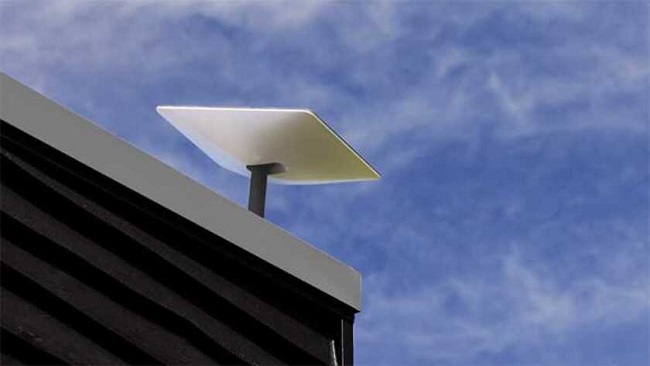As one of the most revolutionary advancements in internet technology, Starlink has made waves in the industry with its satellite-based service.
Offering coverage even in remote areas, Starlink’s high-speed, low latency broadband internet is a game changer.
But what if your Starlink is running slower than expected? This article will explain why Starlink might be slow and how you can boost your connection for a faster internet experience.

Contents
Why is Starlink So Slow?
Starlink’s performance can vary due to several factors:
- Satellite Visibility: Starlink operates using a network of satellites. If your view of these satellites is obstructed by buildings, trees, or other obstacles, your internet speed may be affected.
- Network Congestion: Like any internet service, Starlink can slow down during peak usage times when many people are accessing the internet.
- Equipment Positioning: The placement and orientation of your Starlink Dish can significantly impact your internet speed. If it’s not correctly positioned, it might not be receiving the best possible signal.
- Weather Conditions: Adverse weather conditions like heavy rain or snow can affect satellite communications, potentially slowing down your Starlink internet speed.
How to Get Starlink Faster: Boosting Your Internet Speed
If you’re experiencing slow speeds with Starlink, there are several steps you can take to improve your connection:
- Ensure Clear Visibility for Your Dish: Your Starlink Dish should have a clear view of the sky to effectively communicate with satellites. Make sure there are no physical obstructions like buildings, trees, or power lines in the way.
- Optimize Dish Placement: The Dish should be placed as high as possible and pointed towards the northern sky (in the Northern Hemisphere) or towards the southern sky (in the Southern Hemisphere). You can use the Starlink app to help find the optimal placement.
- Maintain Your Equipment: Regularly check your Dish and cable connections to ensure they are clean and securely connected. Any damage or loosening could affect your internet speed.
- Use Ethernet Connections When Possible: While Wi-Fi is convenient, Ethernet connections typically provide a faster and more stable internet connection. If you can, connect your devices directly to your Starlink router using an Ethernet cable.
- Manage Your Bandwidth Usage: Try to limit heavy bandwidth usage during peak times. This includes streaming in high definition, large downloads, and online gaming. If multiple devices are connected at the same time, this can also slow your speed.
In conclusion, while Starlink offers promising high-speed internet, factors like satellite visibility, equipment positioning, and network congestion can affect its performance.
By taking steps to optimize your Dish placement, manage your bandwidth usage, and maintain clear visibility to the sky, you can enjoy faster, more reliable internet speeds with Starlink.
If you’re still experiencing issues after trying these steps, consider reaching out to Starlink’s customer service for further assistance.






























